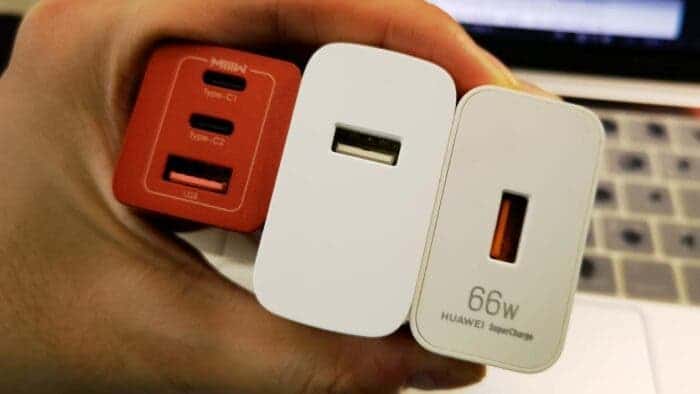When it comes to charging protocols, there are a handful of chargers from different manufacturers. In fact, a single manufacturer has different charging protocols. Thus, a charger for phone A may not effectively charge phone B even if they are from the same brand. If somehow, you forget your charger, you may find it very difficult to get a compatible charger. No doubt, this scenario is very embarrassing and could be terrible.
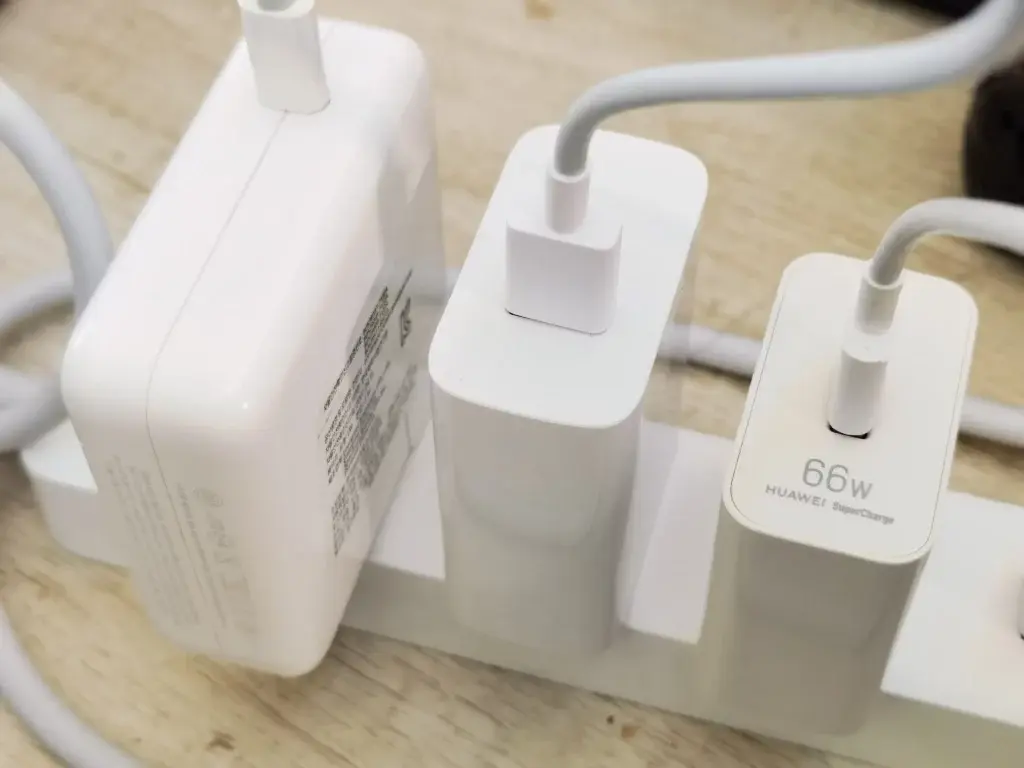
Chargers of a few years ago are “useless” now
Why is it rare to find a charger of a few years ago that remains relevant today? The reason is that the micro USB interface was the mainstream configuration a few years ago. This interface was widely used in small appliances such as power banks, electric toothbrushes, flashlights, and mobile phones in the early days. Most smartphones at that time were also designed with detachable batteries. Therefore, this interface is actually more used for data transmission, charging can only be regarded as “auxiliary”. The maximum charging current of its interface is only 2A. For most equipment manufacturers, this is not a standard that they can retain.
With the increasing demand for better smartphones, the battery capacity is also increasing. The batteries are no longer removable and it takes shorter periods to fully charge the smartphone.
Today, Type-C has become the standard configuration for electronic devices such as mobile phones, and even most computers use the Type-C interface. Although everyone’s “interface” has the same shape, the chargers between various devices cannot be universal. The “culprit” is that the charging protocols of various manufacturers are different.
The early private agreements all use low voltage and high currents to increase the output power. The maximum current of micro USB is only 2A, which can no longer meet the increasing charging needs in the later period. The Type-C interface can “carry” large currents more than the former.
Some of the different charging standards
Oppo
Oppo launched a micro USB “magic modification” interface with green contacts. The principle of its function is to realize “fast charging” by adding contact pins and using its own charging head. This kind of fast charging was named by Oppo VOOC, which quickly became popular in the market in 2014. With this technology, the company offered two hours of talk for only five minutes of charging. Unfortunately, it can only charge specific smartphones with specific plugs and charging heads. This is actually a “private charging protocol”.
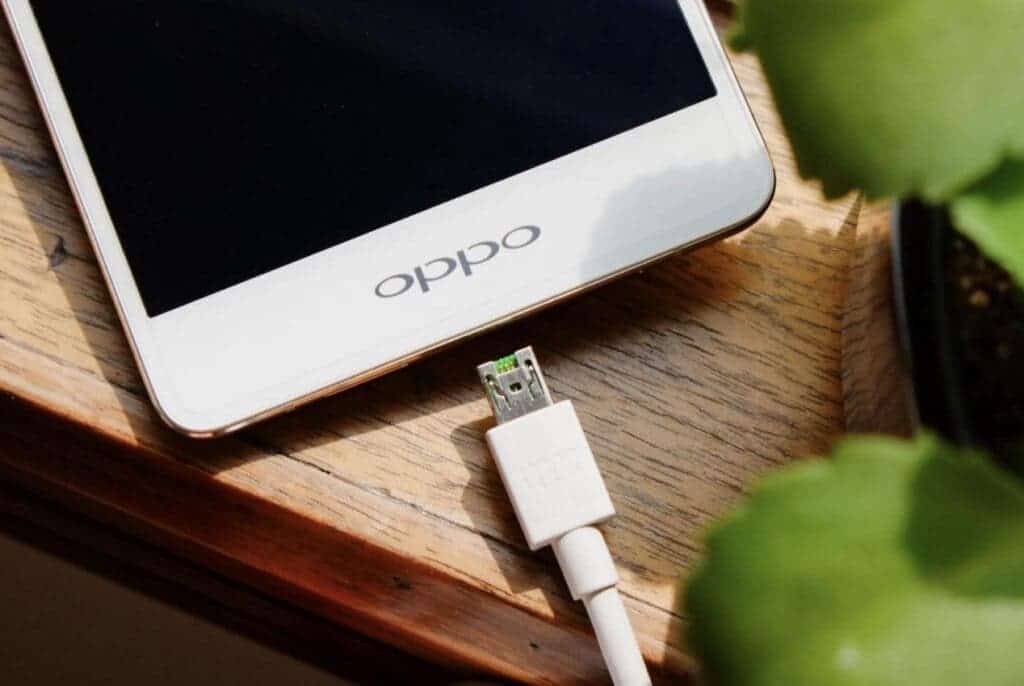
OPPO uses “charge pump” technology to increase conversion efficiency. It also uses halves the voltage to double the current and increase the charging “wattage”.
Vivo and iQOO
The FlashCharge and SuperFlashCharge charging technologies adopted by Vivo and iQOO also use dual battery charging through a dual charge pump and dual-cell design.
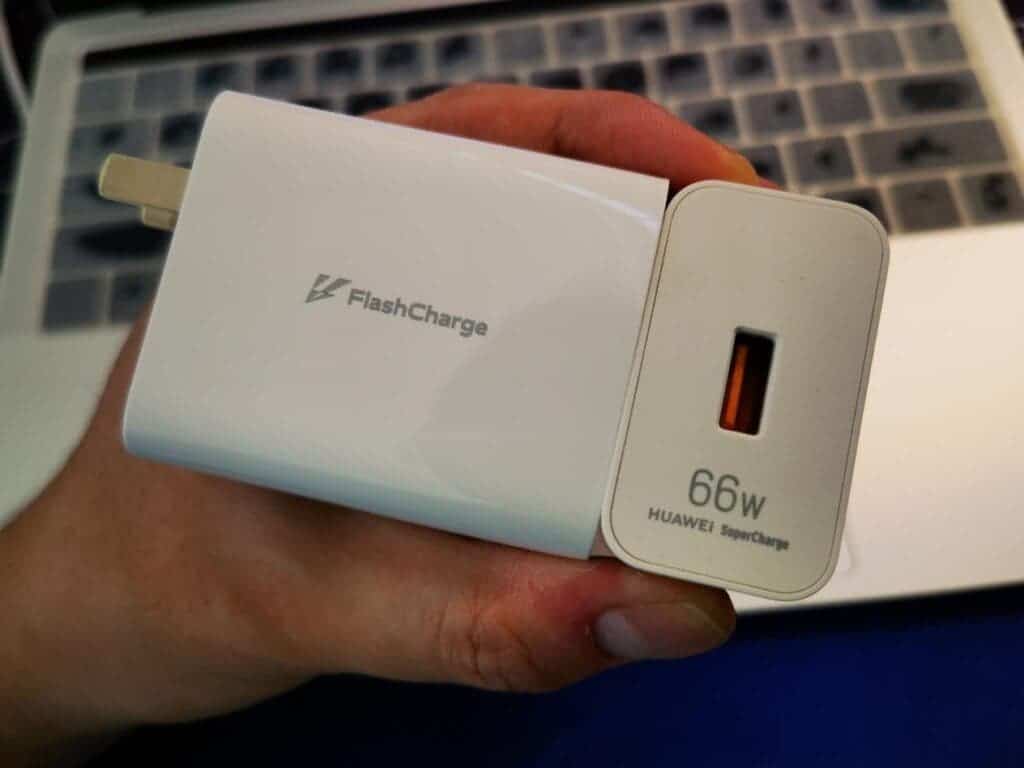
Huawei
Huawei is more complicated and can be seen in two stages. The first stage is the QuickCharge technology released with Huawei’s Mate8 flagship mobile phone. The protocol is FCP, but it is very interesting that the FCP protocol and Qualcomm QC2.0 are “public”. The agreement is basically the same. It stands to reason that Huawei devices should be able to be charged through the QC2.0 charger, but it is not.
Due to the limitation of patent issues, Huawei later transitioned from the high voltage and low current of FCP to the high current and low voltage through the self-developed SCP protocol. Whether it is the later 40W super-fast charging or the current 66W charging head, because of the similar “charge pump” technology, the charging efficiency is better.
Samsung
The charging protocol of Samsung mobile phones can be described as “chaotic”. In the early days, its own high-voltage and low-current AFC protocol were adopted. However, it is compatible with QC2.0 and thus subsequently discontinued. After a period of “complex” adjustment, it was simply on the latest flagship. The “public” PPS protocol is directly used.
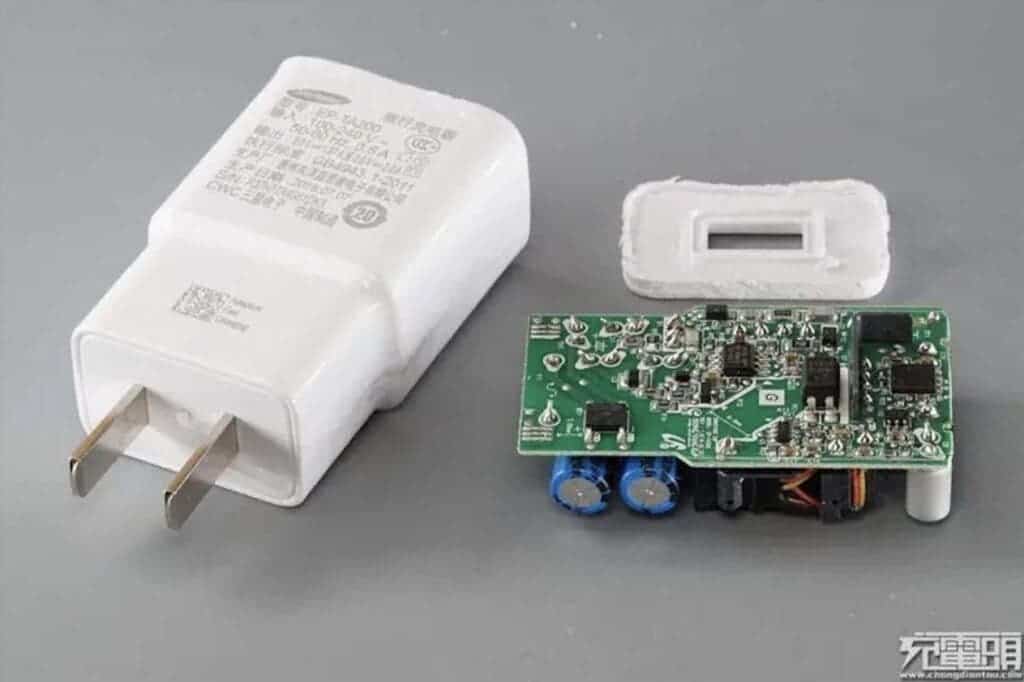
In short, the PPS protocol is the abbreviation of the Programmable Power Supply protocol in the USB PD 3.0 standard by the USB-IF standardization organization in 2017. To support this protocol, PD3.0 must be supported.
In addition, because PPS is still in the development stage, there are not many manufacturers that use it. However, compared with the previous “private protocols”, PPS protocol chargers have good compatibility with QC/PD and have been recognized by some manufacturers. The high-power chargers of Android mobile phone manufacturers are basically “private” agreements.
Apple
The most “extensive” compatibility is the USB-PD protocol. This technology is from the USB-IF standardization organization, of which Google, Apple, and Qualcomm are members. The PD protocol is Apple’s “only” certified fast charge. The current PD3.0 protocol has hit 100W, and it also has good compatibility downwards.
Qualcomm
Qualcomm’s QC protocol is also a “public protocol”. For example, the latest QC5 is based on PPS, which can achieve a power of more than 100W through dynamic adjustment, and has better backward compatibility.
MediaTek
In addition, there is MediaTek’s PE agreement. However, because it is too niche, this technology does not appear in the mainstream smartphone market. There are not many manufacturers using the MediaTek PE charging protocol.
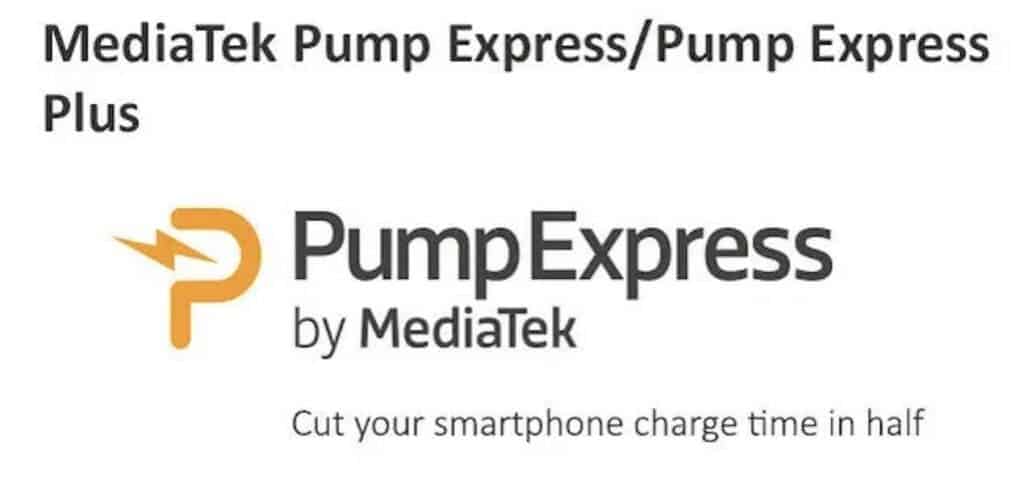
Can the charging protocol be “unified”?
For a “fragmented” fast charging like we have with Android brands, there have been attempts to unify the charging interface.
Different brands of mobile phones and chargers can often only achieve a lower charging speed. Not only does it seriously affect the user experience of fast charging, resulting in a waste of resources; it also greatly increases the upstream and downstream R&D risks and costs of the industry chain.
China Academy of Information and Communications Technology, Huawei, Oppo, Vivo, and Xiaomi took the lead in launching the “Technical Specifications for Integrating Fast Charging for Mobile Terminals”. This has won over many terminal and chip companies such as Honor, Silicon Power, Rockchip, Lihui Technology, Angbao Electronics, and Dianku Network.
However, getting a unification in charging interface or protocols still has a long way to go. At present, in the face of such a “chaotic” charging protocol of Android manufacturers, it is still the most reliable to buy a high-power GaN charger that supports more protocols.

